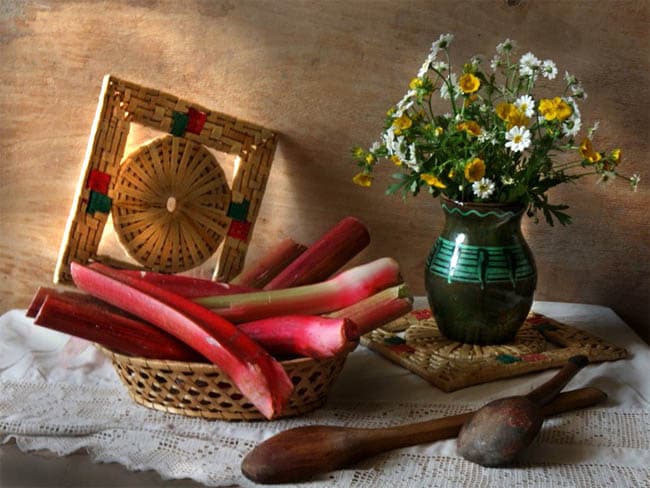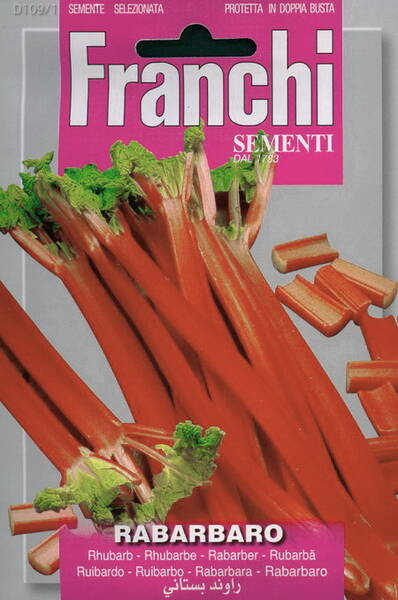A perennial vegetable crop is an unpretentious old-timer of the northern garden.
Mid-season, shade-tolerant and frost-resistant variety. Rosette of leaves up to 70 cm high, sprawling.
The leaves are green, very large, wide, slightly bubbling, with a wavy edge and with thick, juicy, fleshy petioles up to 50 cm long, collected in a basal rosette.
Used for multiple cuts throughout the spring-summer season.
Productivity: 2.5-4.8 kg/m².
Growing conditions: sowing before winter in a nursery or in a permanent place in early spring. The seeds are soaked in warm water. 1.0 g = 65-80 seeds.
Sowed to a depth of 2-2.5 cm hatched. The culture is moisture-loving, cold-resistant and shade-tolerant.
Care consists in removing flower stems, loosening, watering, top dressing. In one place grows 10-15 years.
Plant value: contains organic acids, mineral salts - potassium, phosphorus, magnesium, calcium, a large amount of tannins, vitamins.
It is used to improve digestion, stimulate appetite, has astringent, antiseptic and laxative effects.
Young and juicy petioles are simply indispensable in cooking: for making compotes, jelly, wine, kvass, marmalade, candied fruit ...

False rhubarb. Bot. syn.: Rheum rhabarbarum L.
In terms of nutritional value and chemical composition, rhubarb can be compared with apples.
It is significantly superior to many vegetables in terms of vitamin content. Its petioles contain sugar, protein, pectin, nitrogenous substances, salts of potassium, magnesium, calcium, phosphorus.
The pleasant taste and aroma of rhubarb is determined by the content of organic acids (malic, citric, oxalic, salicylic and succinic).
It has long been known that dishes prepared from rhubarb have dietary and healing properties. Petioles are eaten raw or put in borscht, they are used to make stuffing for pies, jam and compotes.
Roots serve as medicinal raw materials. In folk medicine, rhubarb is used to improve the activity of the gastrointestinal tract, as a laxative.












